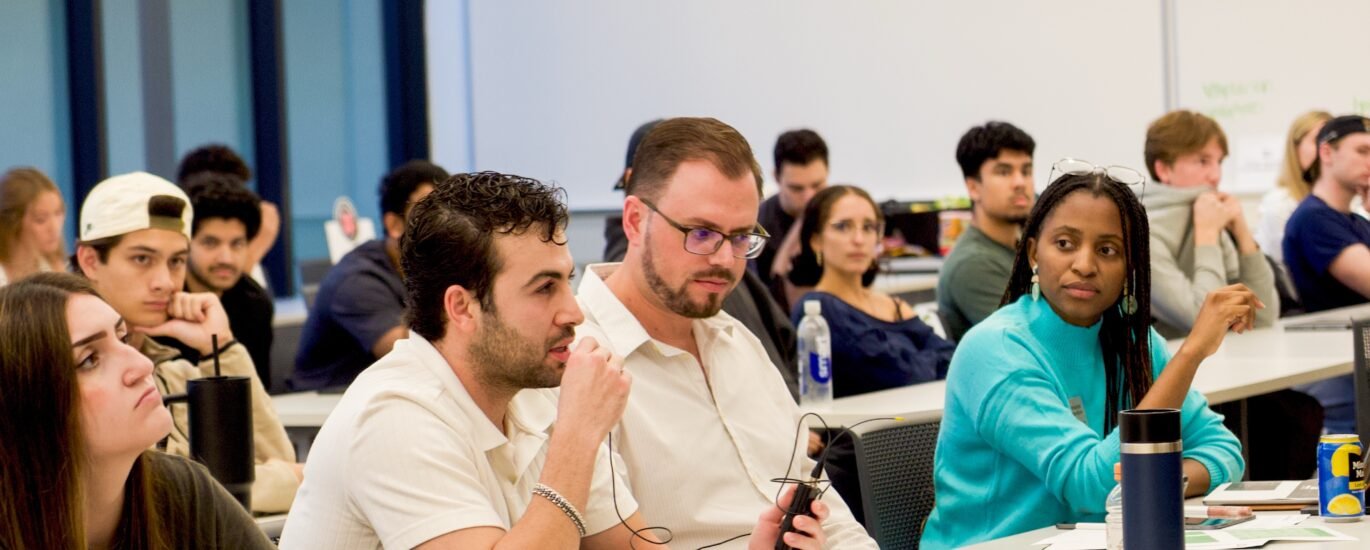


When I was pursuing my undergraduate studies, it was almost framed as a choice: education or entrepreneurship. Especially in developing contexts, it’s often assumed that young people must choose between “staying in school” and “chasing a dream.” I had to ‘choose’ to become an entrepreneur, after graduating. But what if that decision never needed to be binary?
What if entrepreneurship wasn’t the antithesis of education—but one of its most powerful expressions?
That belief has stayed with me since 2021, when I began envisioning the Kwathu Innovation & Creative Centre—a space for creators, makers, and problem-solvers in Malawi to grow their ideas and build sustainable ventures. At the time, I dreamed of building the hub on a university campus.
Later, models like the UNDP’s UniPod affirmed my deep belief in that embedding innovation within academic institutions—bringing together the rigor of education and the freedom of experimentation.
But that dream wasn’t easy to realize.
I’m reflecting on all of this now, because I just flew in—on a red-eye from New York, straight from the UN General Assembly—to serve as a judge for 2Day Venture, a student entrepreneurship competition hosted by the Burgess Institute for Entrepreneurship & Innovation at Michigan State University.
Read more about the Burgess Insitute for Entrepreneurship and Innovation
Being in that room, hearing students pitch their ideas with confidence and clarity, felt like a full-circle moment. It reminded me why I chose MSU for my MBA in the first place.
It wasn’t just about academics or structure. It was Burgess—a living, breathing example of what happens when education and entrepreneurship are allowed to coexist. A space where students aren’t forced to choose between learning and building. A space where ideas are incubated, mentored, and funded within the university.
Back in 2021, I was tasked by the World Bank and the Malawi Government, through a Public Private Partnership, to build something just like that in Malawi. I was just 25, and the idea was to bring together artists, designers, coders, and entrepreneurs—on campus—where the energy, talent, and urgency already existed.
But when I shared my vision with public-private partnership teams and donor groups, I was encouraged to detach the hub from the university. Autonomy and governance—those were the priorities. And I understood. But I also knew what we lost in the process.
Without that campus connection, we struggled to create consistent student engagement. Our hub, while beautiful and powerful in its own right, didn’t have the daily energy and reach it could’ve had if it were built where the students already were.
I wanted Kwathu to be part of a university’s rhythm. We knew that students—especially women, or those with fewer resources—wouldn’t always travel far to access support, mentorship, or training.
But the project moved forward as a standalone hub. And even though it worked in some ways, I still reflect on what could’ve been—especially when I see models like UniPod eventually taking root in Malawi.
That validation didn’t come with bitterness. It came with clarity.
Being at MSU—and particularly with the Burgess community—has reignited that clarity.
What I’ve realized is that while Malawi’s challenge was physical distance (our hub was simply too far for many students), the challenge here in the U.S. is psychological distance. Many students operate within a “campus bubble,” not fully realizing that entrepreneurship isn’t just about academic success—it’s about relevance, demand, and building for the real world.
And yet, the potential is enormous. Students here do have access—tools, funding, mentorship, labs. And the fact that programs like Burgess exist means the conversation is shifting.
At Kwathu, we’ve always championed inclusion—but we also understand scale. There’s a temptation to “start with the most vulnerable,” and while that is ethically important, it can sometimes stall momentum when resources are limited.
We believe in empowering the empowered, too—so they can carry others with them.
It’s not about elitism. It’s about strategy.
And most importantly: it’s about refusing to leave people behind while acknowledging that transformation requires momentum. We’ve never just wanted access—we’ve wanted acceleration.
As I continue developing Q2 Corporation, and as we scale Kwathu Kollective across Africa, I’m reminded not to stray too far from my original instincts.
Innovation must live where learning happens.
Entrepreneurship must become part of education—not an afterthought.
And our models must reflect that.
Burgess isn’t perfect. No system is. But it’s a model worth studying, adapting, and contextualizing. It gives me hope—and direction.
Serving as a judge at 2DV was more than a line on a resume for me. It was a homecoming of ideas.
Ideas I once held quietly.
Ideas I’ve now lived, fought for, and seen reflected back to me from across the world.
Entrepreneurship and education are not mutually exclusive.
They are mutually reinforcing.
And the future we’re building—through Kwathu, through Q2, through every bold idea our young people bring to life—requires both.
If you’d like to go deeper into my journey — from Malawi, through the United Nations to Microsoft, you can find it in my books: